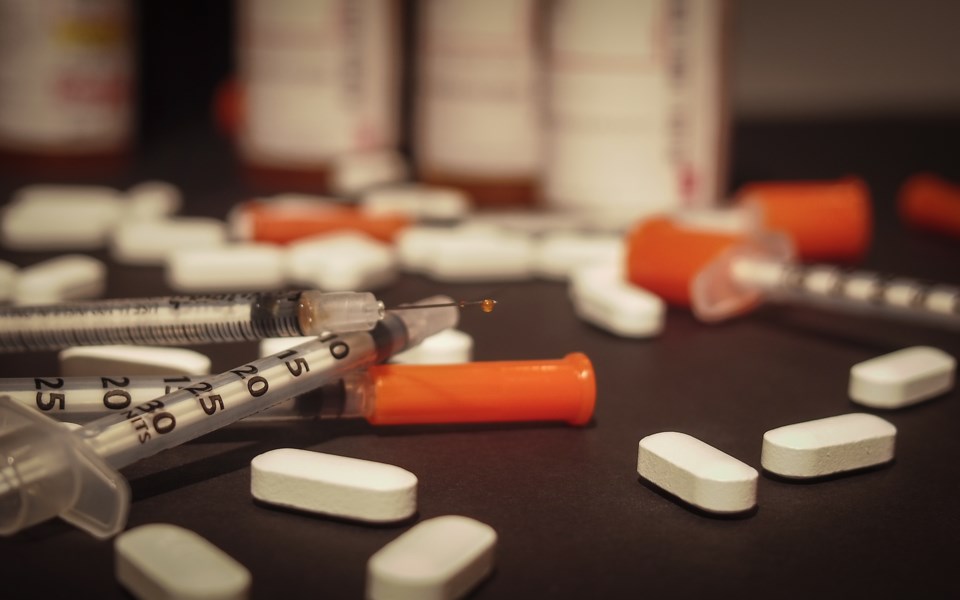The following opinion-editorial was submitted by Miranda Vecchio, executive director of the Burnaby-based Charlford House Society for Women.
Today, Aug. 31, is International Overdose Awareness Day.
Recent news headlines contain so many stats about the toxic drug supply leading to overdose deaths, I am concerned that the average person may have become statistics-fatigued.
First and foremost, what is important to remember is that every number refers to the loss of someone’s loved one.
Suffice it to say, that in response to this health emergency, millions of provincial dollars are being poured into harm reduction. Access to a safe supply of clean drug use equipment has become a top priority, and OAT (Opioid Agonist Treatment) clinics, RAAC (Rapid Access to Addiction Care) clinics, safe injection sites, etc. are opening all over the lower mainland and throughout the province. All are supported by these funds and all support continued (albeit monitored) substance use.
What is being ignored on the spectrum is abstinence.
Detox and abstinence-based treatment facilities are being left out of the conversation completely, and therefore awareness of such resources is not being promoted and have practically disappeared from public consciousness. No such resources are being built or funded, despite a desperate need.
Several clients and their loved ones have expressed the multiple barriers they have had to endure, to get a bed in an abstinence-based treatment centre.
Abstinence-based treatment providers have to fight hard to challenge this new pervasive industry, which doesn’t cater to those who wish to stop using substances altogether.
I fully understand the need for these other services, to meet people where they are, and I respect and admire my colleagues who do this important work.
However, with such an emphasis on harm reduction, the plea to remember to include abstinence as a treatment option, tends to elicit an “us” and “them” culture and response, even as we all work toward the same goal: to prevent overdose and save lives.
My fear is that because the pendulum has swung so far in one direction, the average person will not even know that abstinence-based treatment facilities exist; they no longer show up in Health Authority website listings or on their pamphlets.
For the person seeking services, the hopelessness of not knowing that this kind of help is still available is heartbreaking to me.
All of us in this field have a duty and responsibility to let the public know that there are safe treatment centres where people can go to stop using altogether.
If we want to prevent overdose, we can start by letting people know that the best treatment for overdose is no dose: abstinence.



